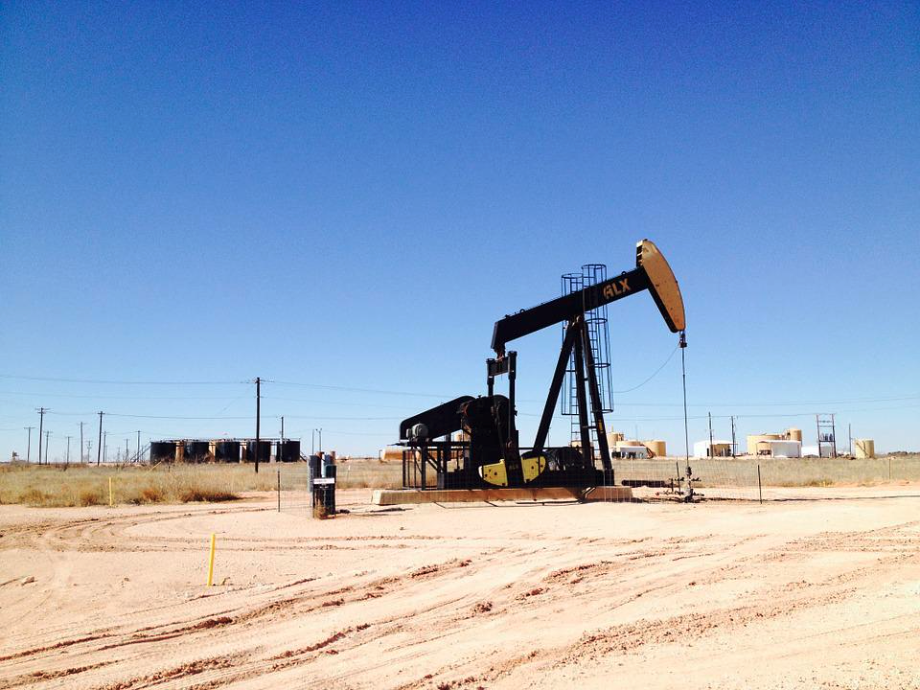Water is the ultimate renewable resource – yet it is scarce, and has been burdened with our overconsumption, pollution, and the effects of climate change. Global water use has more than doubled in the last 40 years. It is estimated that we will need 50% more food and 40% more freshwater by 2030, said an article by La Francaise.
According to the UN, 45% of the global gross domestic product (GDP), 52% of the world’s population and 40% of global grain production is expected to be at risk due to water stress by 2050 if business-as-usual persists. Companies are already experiencing financially-material stresses related to water scarcity and the associated degradation of ecosystems.
Groundwater – our main freshwater resource is scarce and fast depleting
22nd March was celebrated as the World Water Day and the theme of this year was ‘Groundwater – making the invisible visible’. Our Blue Planet is named for the abundance of the blue liquid on its surface, yet less than 1% of it is usable is its natural form. For most of our uses – domestic and industrial – we pump water from under the ground. Groundwater is the most abundant form in which freshwater can be used, but it is fast disappearing. We are pumping non-renewable groundwater reserves at unsustainable rates to counter droughts across the world without even knowing how much we have left.
As data from NASA suggests, globally, one-third of our largest groundwater basins are under distress – being rapidly depleted by human consumption. In US alone, almost half of the water supply needs are met by pumping from underground aquifers. Add to these, the enormous amounts of pumping that is done by bottling companies, other industries and the groundwater reserves have been depleted beyond repair. NASA estimates that the likelihood of mega droughts (lasting more than 30 years) in US Southwest and Central plains is going to increase to 60%, even if we achieve net zero by 2050 (which the IPCC’s latest reports claim we will not).
Industries face multiple forms of risk from the growing water scarcity
Industries and agriculture use 90% of global freshwater resources – with agriculture accounting for the lion’s share. Global water demand (in terms of water withdrawals) is projected to increase by 30% by 2050 (despite the increasing scarcity), mainly due to increasing demand from manufacturing and electricity sectors (OECD). A growing and increasingly wealthy global population needs more food, materials and energy – placing intense pressure on water resources. Water-related risks, from physical to reputational, can potentially damage companies’ financial performance.

Industries such as the food and beverage sector are riddled with water-related risks. Agriculture, for example, uses a major share (70%) of global freshwater resources and its survival is questioned by climate change. Water is vital to industry even when it is used for cleaning, cooling, or heating and the rising scarcity is increasing costs for companies. According to Global Water Intelligence (GWI), average global municipal water tariffs have roughly doubled over the last decade.
Many more industries are exposed to water-related risks such as water scarcity through their supply chains. The current global semiconductor chip shortage, exacerbated by water issues, is roiling automotive and technology industries. Companies like Sony, Samsung and GMC are already struggling to meet production targets because of no chips. The shortage is expected to last well into 2022.
If water becomes scarce, companies can lose their license to operate. Adani, a coal mining company in Queensland, failed in a Federal Court to get access to billions of litres of water for its venture. Construction of the mine and rail project is still underway, but resolution over the impact on water and biodiversity must be found. In northern India, a Coca-Cola plant was ordered to close after farmers blamed it for using too much water. This came 10 years after another Coca-Cola plant was closed for the same reasons in the southern state of Kerala. Nestlé exited its US Waters business last year – at least partly due to numerous protests, lawsuits and fines over the draining of local watersheds for its bottling operations.
Water Risk Management – a new frontier for investors in sustainability
Key is disclosures. At present there is an information deficit for investors and other stakeholders on the reporting of material water-related financial risks and opportunities in mainstream corporate reporting. A shortfall means investors are unable to allocate capital that can effectively instigate change. CDP Water disclosure campaign provides a good starting point for data gathering. In 2021,
90% of all companies targeted by CDP Non-Disclosure campaign participants responded to the Water security questionnaire – that is an impressive response rate, and led to a 20% increase in corporate disclosure. According to the CDP Water Report 2020, the cost of inaction on water security is over five times the cost of action.
The next step will be target setting. Science Based Targets Network (SBTN) is working on setting guidelines to have water-based targets for companies in subsequent years. As investors, another important factor towards tackling the water risks in our portfolios is also dependent on market-wide guidelines on best practices. The Climate Disclosure Standards Board’s (CDSB) Water Guidance offers companies a means of developing their reporting practices and ensures investors are receiving the material water-related information needed for effective investment decision making.
Above all, what is most valuable in the case of water risk at present is active ownership on these issues. A water-secure world requires companies to rethink their strategies and transform their business models. Companies need to take into the account the risks and opportunities in their supply chains related to water scarcity. There are plenty of opportunities to engage collectively on these topics through PRI, CDP and SBTN. As responsible investors, we need to go beyond numbers and make sure companies are involved in managing water availability in their operations, supply chain as well as communities in which they operate in. Water, unlike carbon, is a local resource – its sustainability depends a lot on the sustainability of the entire watershed.



